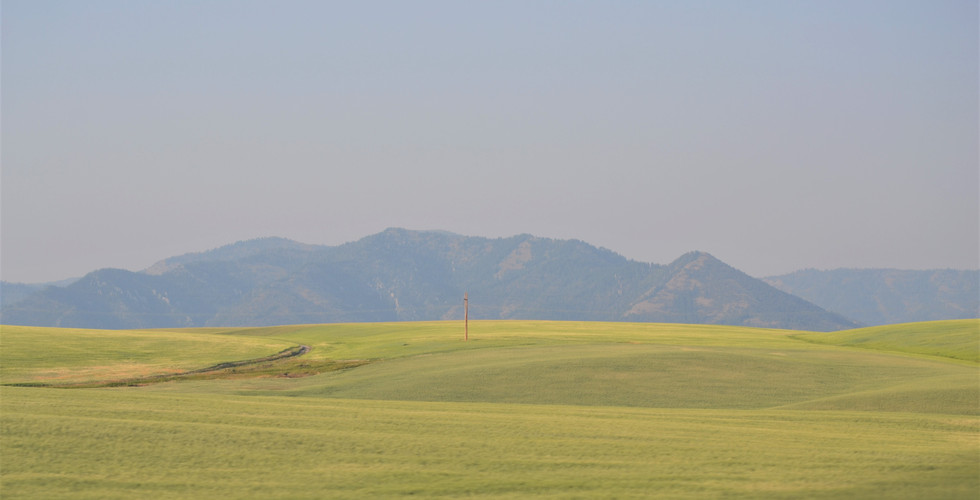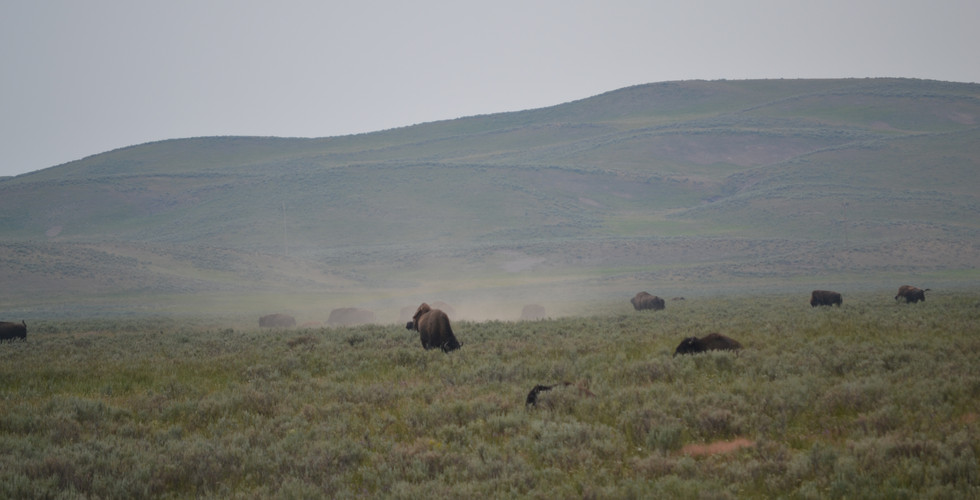Western Agriculture
- Morgan Hibbs
- Jul 27, 2021
- 3 min read
Farming is a universal and essential career that can vary in each country, state, and city.
Each farm is entirely unique to its crops, livestock, soil, style, and overall experience. During the last weekend of July, I had the opportunity to experience the difference in farming across several western states. As I traveled through Utah, Idaho, Wyoming, and Montana, I learned how different agriculture is compared to Iowa and how even cities right next to each other can have entirely different farming experiences and results!
Weather
The first and most obvious agriculture difference between these western states and Iowa is the contrasting climate. In Iowa, we have plenty of crazy weather patterns like weeks with constant rain, tornados, sudden temperature drops, and spikes, etc. During this time of year, states along the western coast often experience droughts and wildfires, which remains no different this year. I have always heard about the experience and effects of wildfires in these areas, but it was entirely different to see it with my own eyes. On the first day of my trip, I was able to clearly see the mountains on all sides of me, but you could notice a slight “fog” in some areas in the distance. By the time I left (merely four days later), it was nearly impossible to see the mountains closest to us due to the amount of smoke and approaching fires. The majority of the farms and fields seen had large irrigation systems due to the lack of rain. The fields without these suffered from no growth at all and were barren fields of dirt. Due to drought taking over several states, farmers have to be cautious of their water usage, which is already concerning considering the desert state many of these farms reside in.
Terrain
Another clear difference between the west and midwest is the terrain. While Iowa isn’t totally flat, its hills are no match for the mountains many of these farmers must endure. The ground most western farmers plant on is the valley between mountains. This area is often surprisingly flat, making the planting and harvesting experience not too different from Iowa’s. However, the journey between fields or field-to-farm is arguably the most difficult part. The roads in this area can be fairly windy with the only option being to travel up steep, windy mountains. This can be an issue for many agriculture employees like farmers and truckers. These drastic inclines and sharp turns make it difficult and especially dangerous for large equipment to travel through. Another issue with this is the distance between towns. When traveling from Wyoming to Idaho, we could go as long as a few hours before seeing another town. This can be an issue when farmers are attempting to travel for agriculture products or purposes and make the farming experience all the more difficult.
Crops
The most common midwestern fields have corn, soybeans, and hay. These are also common in the west, but wheat, potatoes, barley, and sugar beets are even more popular. The dry, barren, and more rocky soil allows for these crops to grow better than in other areas. Each state had these crops, but the growth and state of the fields depended on the more recent weather patterns. In southeast Idaho, for example, wheat fields were growing tremendously and the potato fields were beginning to flower. Once we traveled farther down the state, however, fields with the same crops were only just beginning to sprout and were struggling in some areas.























































Comments